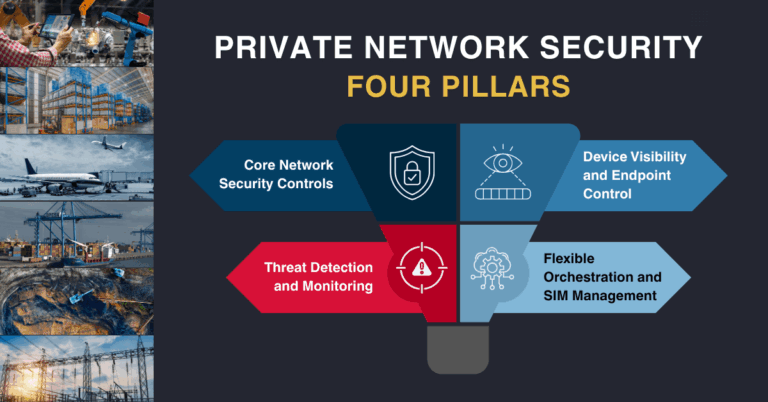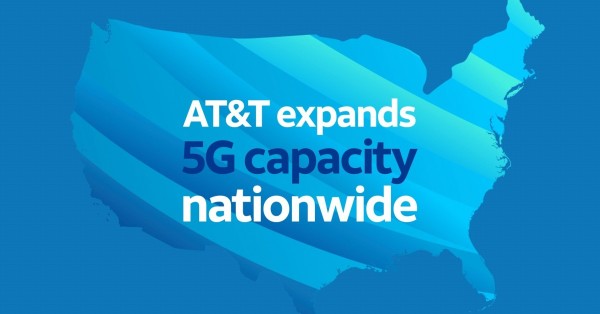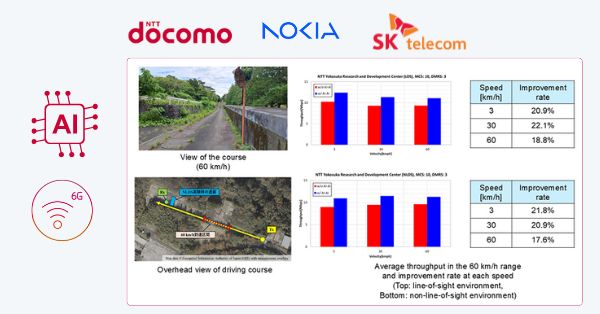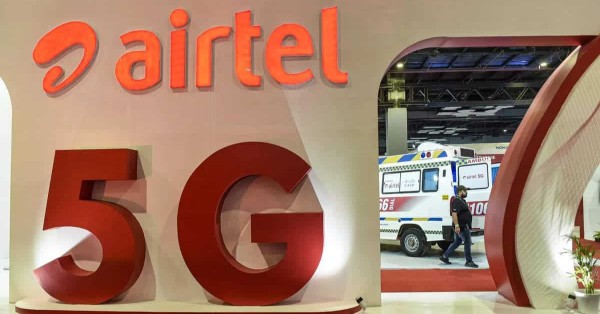Verizon 6G Innovation Forum and AI-native networks
Verizon has launched a 6G Innovation Forum to accelerate research, trials, and standards alignment for the next generation of wireless.
6G ecosystem partners: RAN, devices, platforms
The forum convenes major RAN suppliers—Ericsson, Samsung Electronics, and Nokia—alongside platform and device ecosystem players such as Meta and Qualcomm Technologies. This mix matters. It puts radio, silicon, devices, and applications in the same room early, which is essential for defining use cases, device capabilities, and network features that can scale. The stated goal is an open, diversified, and resilient 6G ecosystem with global alignment from the outset.
Verizon 6G Lab Los Angeles: research, prototyping, trials
Verizon will back the forum with hands-on environments, starting with a dedicated 6G Lab in Los Angeles. The lab is expected to host collaborative research, early prototyping, and lab-to-field progression. Early priorities include testing new spectrum bands and bandwidths, and validating interoperability with mainstream standards bodies to reduce the risk of dead-end forks.
3GPP alignment and multi-vendor interoperability
Verizon says the forum will engage closely with 3GPP to map learnings to formal study items and releases. That is prudent. With 6G expected to anchor the ITU-R IMT-2030 vision, early input to 3GPP workstreams will shape spectrum choices, reference architectures, and feature sets such as integrated sensing and positioning.
Why Verizon’s 6G forum matters now
The industry is entering the 5G-Advanced phase while seeding foundational work for 6G, and timing is strategic.
6G standards timeline and spectrum decisions
5G-Advanced is maturing through mid-decade, and 3GPP study work for 6G is ramping toward the late 2020s. Getting vendors and platform companies aligned now increases the odds of globally harmonized spectrum and interoperable features, which directly impacts cost curves and device availability in the 2030 timeframe.
US 6G leadership and global competition
Europe and Asia have multiple national and EU-backed 6G initiatives underway. A US-based forum led by a tier-one operator signals intent to shape not just radio features, but also edge computing, AI operations, and developer ecosystems that will sit atop the network. It also complements broader North American efforts such as the Next G Alliance and work in the O-RAN Alliance.
6G capabilities for networks and enterprises
6G is framed not as a speed bump but as a new interaction model between devices, networks, and compute.
Integrated sensing, precision positioning, and XR
Expect joint communication and sensing to become a first-class capability, enabling high-precision positioning, environment mapping, and context-aware services. This underpins industrial automation, advanced robotics, logistics, and more believable XR experiences. It also raises policy and privacy questions enterprises must plan for.
AI-native automation and open network APIs
Verizon highlights AI as a core design principle for 6G, building on years of using AI in network operations. Closed-loop automation, intent-based networking, and real-time optimization will be table stakes. Exposed network APIs for quality-on-demand, location, and sensing will let developers compose new services across devices, edge, and cloud.
6G technical priorities to watch
The forum’s scope maps to the hard problems the industry must solve to commercialize 6G at scale.
FR3 and sub-THz spectrum strategy
Testing new bands will likely span upper mid-band (often discussed as FR3, roughly 7–24 GHz) for capacity at range, and sub-THz bands for extreme throughput and sensing precision. The challenge is balancing coverage, power efficiency, and device complexity while shaping global harmonization to unlock volume economics.
Cloud RAN, edge computing, and compute fabric
vRAN and cloud-native RAN, already in play with vendors like Samsung, will evolve toward more disaggregated, accelerated, and AI-assisted architectures. Expect deeper edge integration to support time-critical workloads, distributed inference, and data localization. Transport, timing, and synchronization will need deterministic performance.
6G interoperability, resilience, and security
Early collaboration with 3GPP and cross-industry forums is critical to ensure multi-vendor interoperability across radios, cores, and APIs. Security must be designed in, covering supply chain resilience, zero-trust for RAN and edge, and new threat models introduced by sensing and exposed network capabilities.
6G risks and roadblocks
Momentum is real, but several constraints could slow progress if not addressed early.
Spectrum harmonization and policy for 6G
Regulatory timelines and international alignment will determine device availability and roaming economics. Operators should engage with national regulators and global bodies to advocate for contiguous, globally harmonized allocations and predictable licensing frameworks.
Device readiness and power efficiency
Silicon for new bands and features like joint sensing must deliver competitive power and cost. Thermal limits in handsets and industrial devices will constrain use cases unless RF front-ends, antennas, and packaging advance significantly.
6G monetization, SLAs, and ROI
Capital efficiency matters. Enterprises will demand measurable outcomes—precision, reliability, latency guarantees—linked to SLAs and APIs. Without clear monetization models, operators risk repeating early 5G challenges where capabilities outpaced demand signals.
Next steps for operators and enterprises
Practical steps now can de-risk adoption and position teams for an on-time landing as standards harden.
Engage in 3GPP work and 6G lab trials
Participate in 3GPP work items directly or via partners, and seek early proof-of-concept slots in Verizon’s 6G Lab. Prioritize scenarios that benefit from sensing, positioning, or deterministic performance, such as advanced manufacturing or logistics.
Modernize for AI at the edge-to-cloud
Build an edge-to-cloud baseline: containerized workloads, data pipelines, MLOps, and observability tied to network metrics. Align with emerging network APIs so applications can request performance, location, or sensing functions programmatically.
Plan data governance and privacy for sensing
Sensing-rich networks will generate new data classes. Establish governance, consent, and retention policies now, with security controls aligned to zero-trust principles and upcoming regulatory requirements.
6G milestones to track (2025–2028)
Watching the right signals will clarify technology readiness and investment timing.
3GPP 6G and IMT‑2030 checkpoints
Follow 3GPP study and work items that define 6G features and spectrum bands, and track ITU-R IMT-2030 assessments and candidate technology submissions. These milestones influence device roadmaps and certification timelines.
Verizon 6G lab results and partner roadmaps
Look for lab results from the Los Angeles 6G Lab, early field trials, and joint announcements with Ericsson, Nokia, Samsung, Meta, and Qualcomm. Concrete demos around FR3 trials, integrated sensing, and AI-native RAN will be early indicators of maturity and scale potential.









































